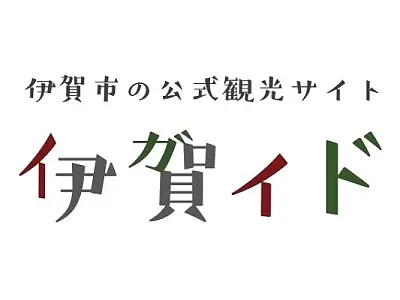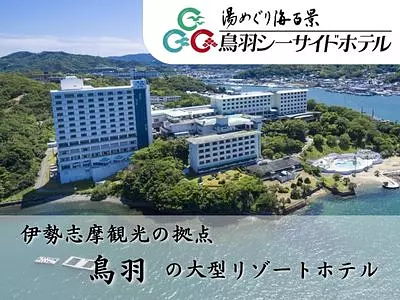IseJingu, Meotoiwa(rocksofthemarriedcouple), and a road bike tour of Ise's classic sightseeing spots [Beautiful Country Mie Bicycle Route Part 13 Ise/Futami Edition]
掲載日:2021.04.08
IseCity, located at the base of IseJingu Grand Shrine, is one of Mie Prefecture's leading tourist destinations. It is also dotted with popular sightseeing spots, such as IseJingu Geku and Naiku Shrine, their Torii-mae town, and Meotoiwa(rocksofthemarriedcouple) Futamiokitama-JinjaShirine, which is famous for Meoto Iwa. These spots are also just the right distance to cycle around!
So this time, we'll be introducing a course with fewer climbs and shorter distances that takes you around popular sightseeing spots around Ise by bicycle, while also visiting "Ise in casual clothes", which is not often featured in tourist guidebooks!
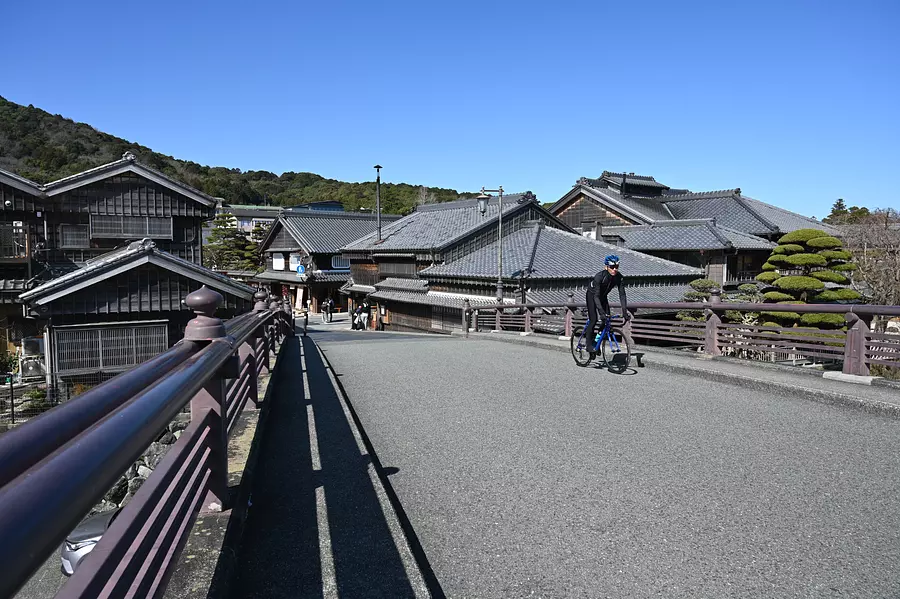
I have been cycling for about 20 years. I love cycling as much as I love three meals and snacks. Because of his love for bicycles, he became a freelance bicycle writer. He rides his bicycle for work, and also enjoys racing and long rides in his private life.
ーーーーーーーーーーーー
What is “Beautiful Country Mie Bicycle Route Diary”? Bicycle writer Masanori Asano, born and raised in Mie Prefecture, will introduce you to the charms of Mie Prefecture while cycling!
Click here for other articles on the “Beautiful Country of Mie Bicycle Route”!Click here for other articles on the “Beautiful Country of Mie Bicycle Route”!
■ From the famous cherry blossom viewing spot Miyagawa Bank to Geku
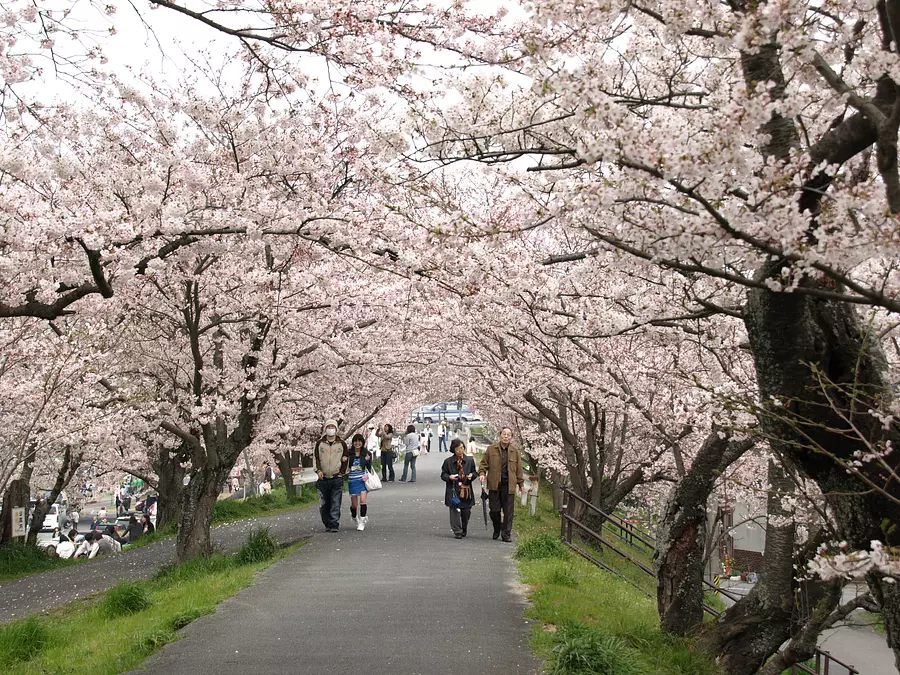
The setting for this cycling trip is Ise, a tourist destination that represents Mie Prefecture. This area is packed with classic spots that anyone who has ever come to Mie Prefecture for sightseeing will have visited at least once, such as IseJingu and Meotoiwa(rocksofthemarriedcouple). Some of you from outside the prefecture may have visited on a school trip. This time we will be cycling through some of the most popular sightseeing spots!
If you are driving your own car, we recommend using the free parking lot at Miyagawa Tsutsumi Park as a starting point. Miyagawa Tsutsumi is also known as a famous cherry blossom viewing spot, so if the time is right, you can also enjoy cherry blossom viewing!
From here, we will head towards Geku area IseJingu. If you are taking the train, it is convenient to cycle to IseCity Station and start from there.
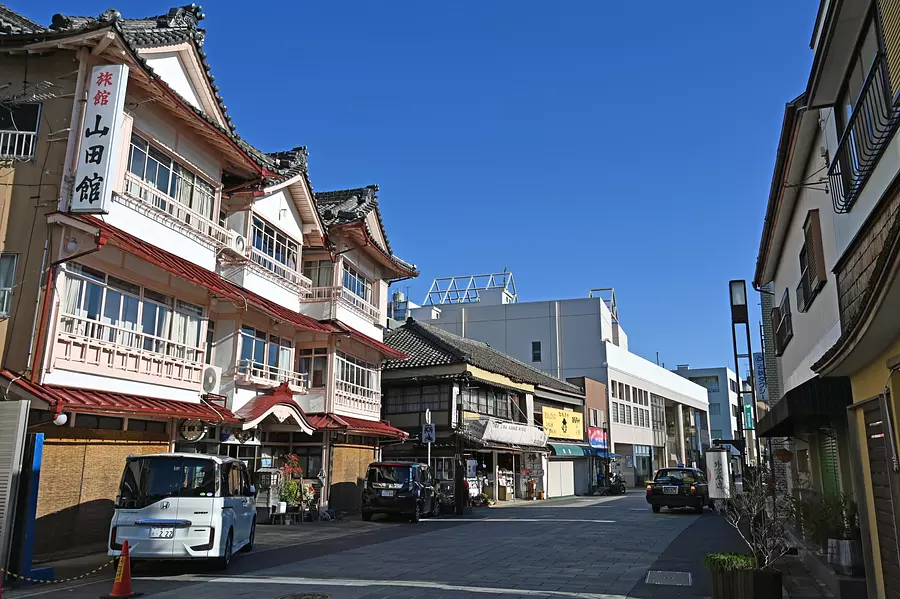
Leave Miyagawa Tsutsumi Park and head east through the city. First, we will aim for IseJingu and Geku. There is a bit of traffic in the city, but the roads are wide so it's easy to drive.
After walking for a few kilometers, you will arrive at Geku, Torii-mae-cho and the approach to Geku. The approach to Geku has recently been beautifully maintained, and there are a lot of restaurants. Under such circumstances, the three-story wooden building of Yamadaya, a long-established inn boasting a history of over 100 years, stands out.
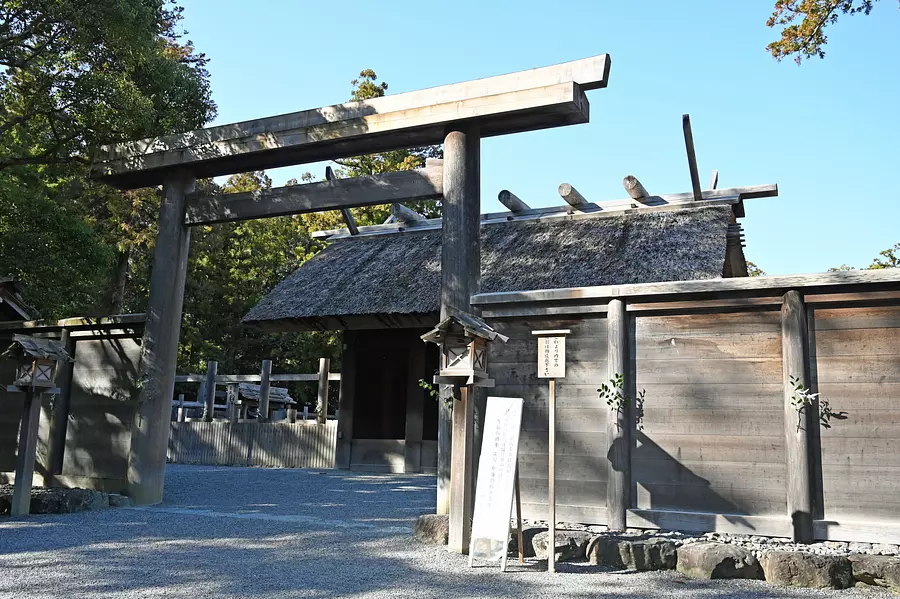
Pass through the torii gate, cross the fire bridge, cleanse your hands and mouth at the chozuya, and head towards the main shrine. The Jingu Forest is so quiet that the only sounds you can hear are the voices of wild birds and the sound of footsteps on gravel, and it seems like your heart is purified with every step you take.
The main shrine is Toyouke-daijingu, which is the guardian deity of industry, including food, clothing, and shelter. We thanked them for their daily blessings and wished them a peaceful life in the future.
■ Go along the shrine road to the center of IseJingu, Naiku, Oharai-Machi, and Okage-yokocho Yokocho.
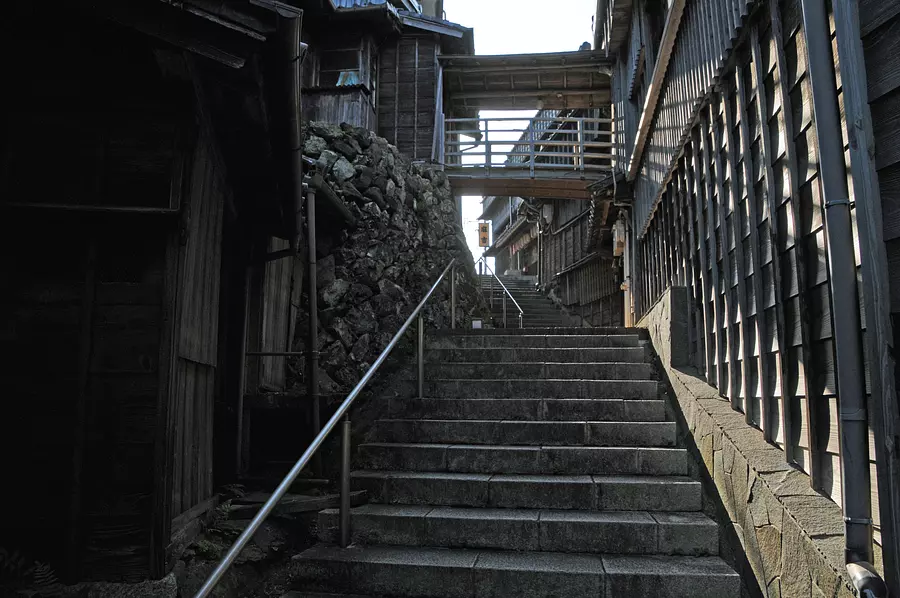
After visiting Geku, head to Naiku. The shortest route is to take the Mikimoto Road in front of Geku, but since we are here, let's pretend like we were travelers visiting Ise in the past and take the Old Ise Kaido Road.
Proceed east through Geku and turn left at the Okamoto 1-chome intersection. Turn right at the next traffic light and you will reach Kyu-Ise Kaido. After crossing the Odabashi Bridge over the Seta River, it is about 1km uphill. The slope isn't too steep, so if you shift to a lighter gear and go up at your own pace, you'll be fine.
Up on the slope is a town called Furuichi, which flourished as one of the country's leading red-light districts during the Edo period. Although it now looks like a residential area on a hill, there is a long-established inn called Makichi that still retains the atmosphere of those days.
This ryokan, which appears in Jippensha Ikku's "Tokaido Chuhi-kurige," boasts a history of more than 200 years. Built on a steep slope in the same kakegazukuri style as Kiyomizu Temple in Kyoto, it is a magnificent building for its time, with six stories and five floors. The Asakichi History Museum, an improved storehouse, displays valuable items that tell the story of its 200-year history. It is still in use as a ryokan and visitors can still stay here, but reservations are difficult to obtain due to its popularity.
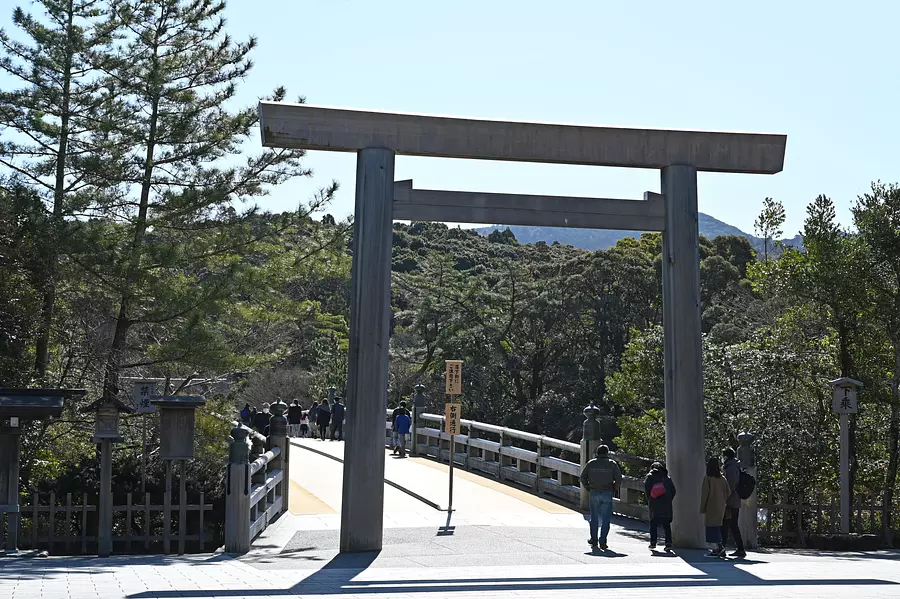
After leaving Mayoshi Ryokan in Furuichi, we headed south along the Old Ise Kaido Road. After passing the intersection with Prefectural Route 37 and proceeding about 1 km, you will see a steep descent. If you go down the road while being careful about your speed, Sarutahiko-JinjaShrine will be on your left at the traffic light intersection. Turn left at the intersection and go straight until you reach IseJingu / Naiku-mae. From here, park your bicycle at the bicycle parking lot, change into comfortable shoes, and take a stroll. When parking your bicycle, it is safe to use a sturdy cable lock.
First, let's visit Naiku. Naiku is called Kotaijingu, and is the center of the shrine that enshrines Amaterasu Omikami, who is also the guardian deity of Japan. Crossing UjibashiBridge, purifying your body and soul at the wash basin on the banks of the Isuzu River, and walking along the long approach to the main shrine, you will feel refreshed.
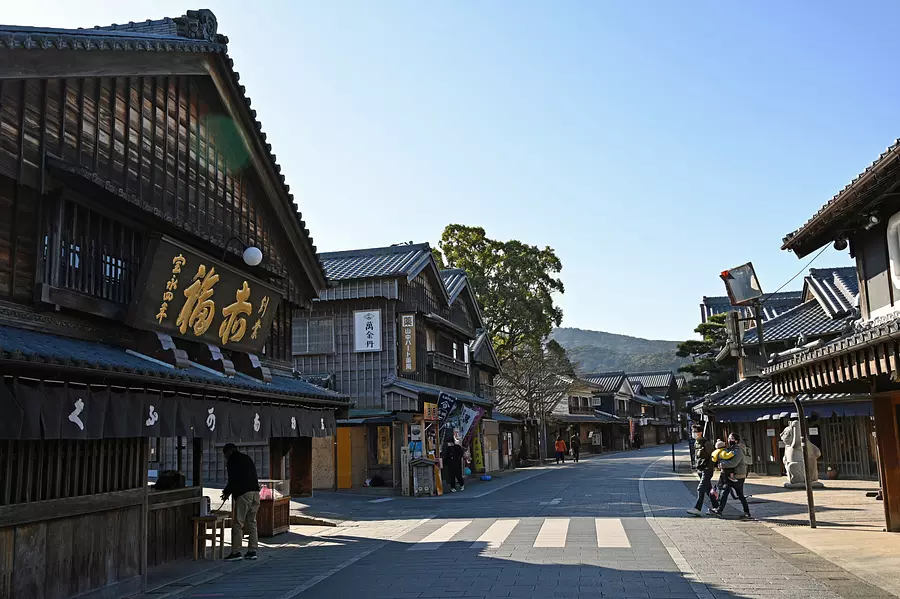
Let's visit the main shrine and enjoy the Shojin Otoshi ritual that was enjoyed by travelers during the Edo period!
In front of Naiku is Oharaimachi, Torii Oharai-Machi. This street, which stretches for approximately 800 meters from UjibashiBridge mae, is a reproduction of a traditional townscape, with the telephone poles removed and the power lines buried underground. It is lined with restaurants such as the main branch of Akafukumochi, Tekone-Zushi and Ise-Udon.
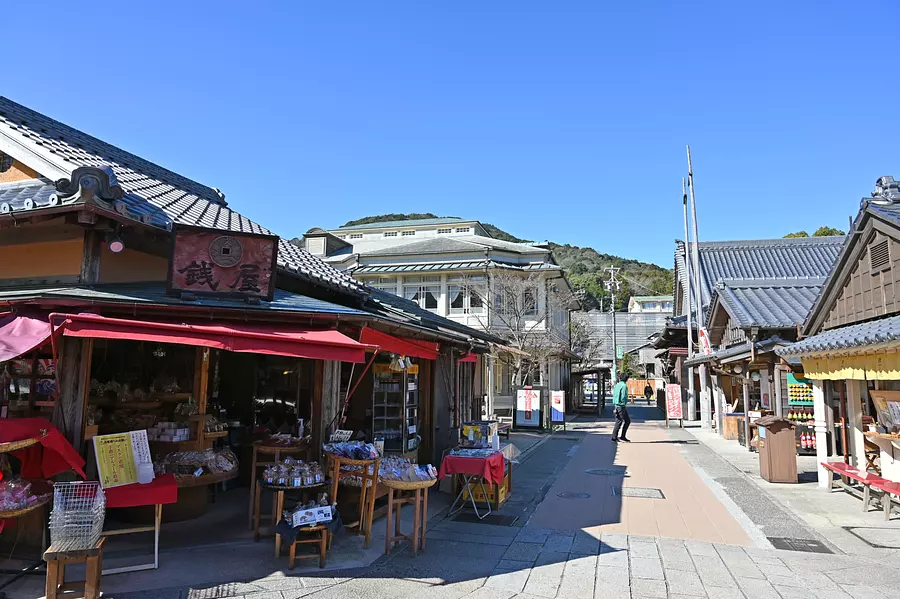
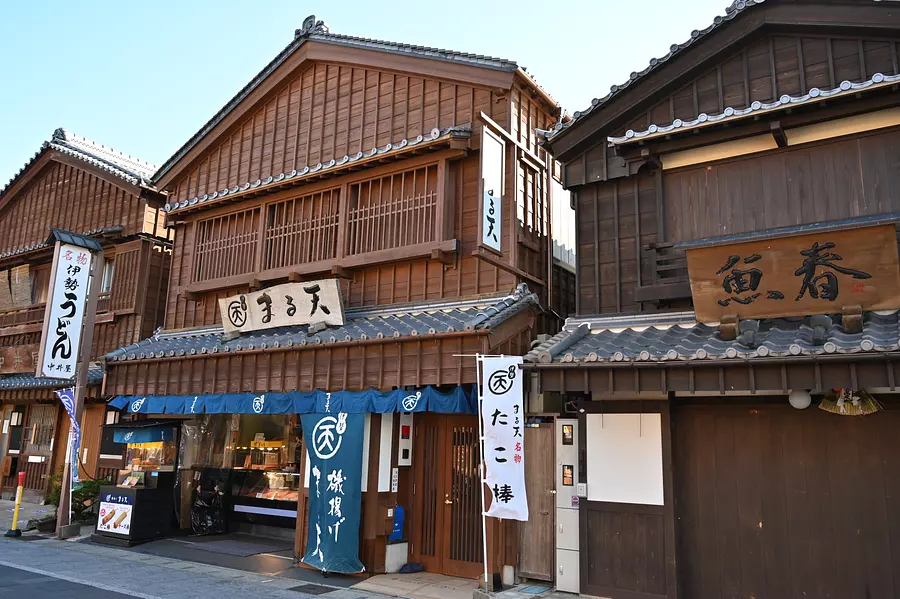
Oharai-Machi and Okage-yokocho also have a wide variety of gourmet food that you can take out and eat quickly. Among them, we recommend the various types of Maruten Isoage.
Ise-Shima has long been called a ``beautiful country'' due to its rich nature and abundance of seafood from the sea and mountains, and Maruten Isoage is made using seafood from Ise-Shima. There are a wide variety of flavors to choose from, including cheese sticks and octopus sticks. One of the attractions is that you can eat freshly fried food at the store!
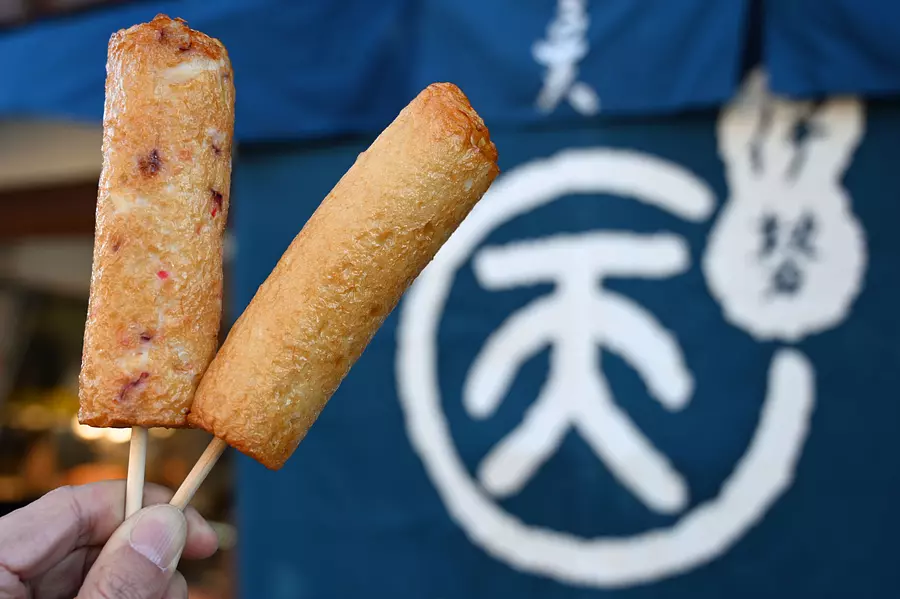
The cheese stick (350 yen) has cheese inside the deep-fried seaweed, and when you bite into it, the piping hot cheese melts out from inside. The slightly salty taste of the deep-fried seaweed and cheese goes perfectly together, and it's a flavor that kids will love, too, and it would go well as a snack with alcohol (drinking alcohol is strictly prohibited while cycling!). It's very hot when it's freshly fried, so be careful when eating it.
The octopus stick (380 yen) has octopus and finely chopped pickled ginger kneaded into the deep-fried seaweed. It has a lighter taste than the cheese stick, but the flavor of the sea is strong, and it was also very delicious!
I'm a bit of a cat-eater, but I finished both of them in no time. It's very filling and will keep you full!
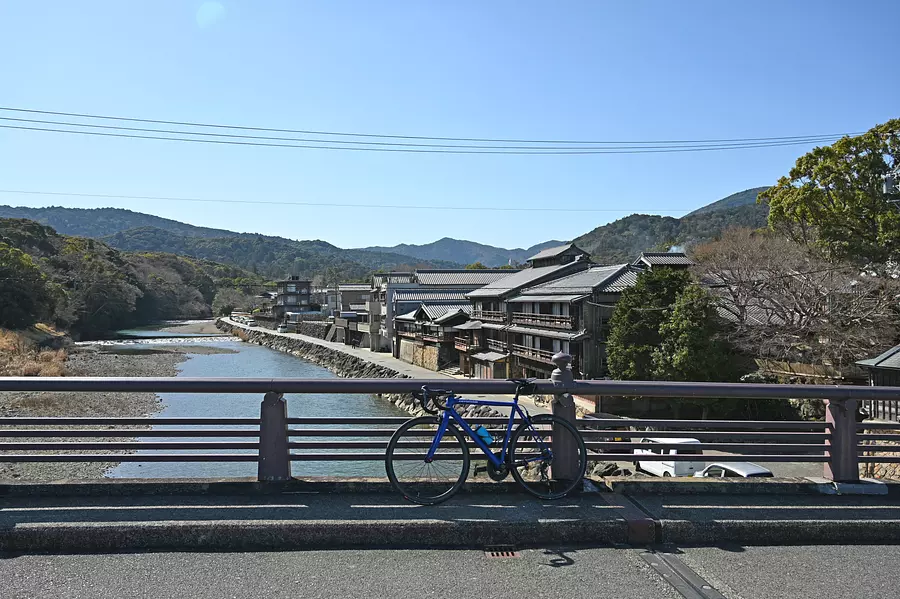
Go north through Oharai-Machi and turn right at the intersection in front of Akafukumochi Store, and you will see a bridge over the Isuzu River. The top of this bridge is a hidden scenic spot where you can see the Isuzu River and Oharai-Machi.
After crossing the bridge, pass under Ise Road, pass in front of Sanco Group Sports Mori Ise (Mie Prefectural Track and Field Stadium), and continue onto Prefectural Route 37. Continue further west.
■ Pray for a safe ride at Futami, which is familiar to Meotoiwa(rocksofthemarriedcouple)!
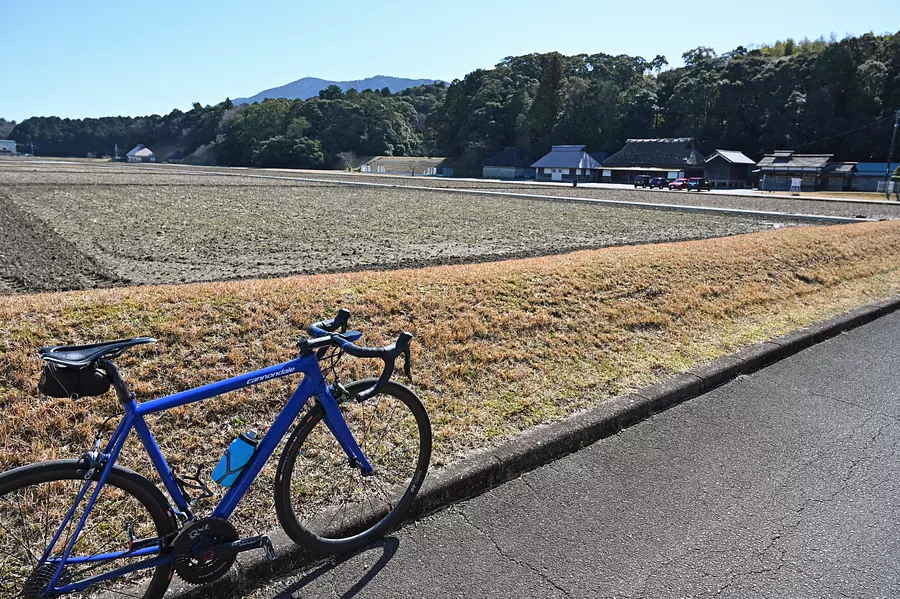
Cross the Isuzu River again, take a left curve and drive for about a few hundred meters, and a vast rice field will appear on your right. This is Jingu Kanda, where rice is made to be offered to the gods of IseJingu.
The rice and other offerings offered to IseJingu are called goryo, and the place where these are made is called goryochi, and Jingu Kanda is one of the goryochi. At Jingu Kanda, rice is cultivated in a clean manner, observing old traditions. The Imperial Palace is a sacred place, so you are not allowed to enter.
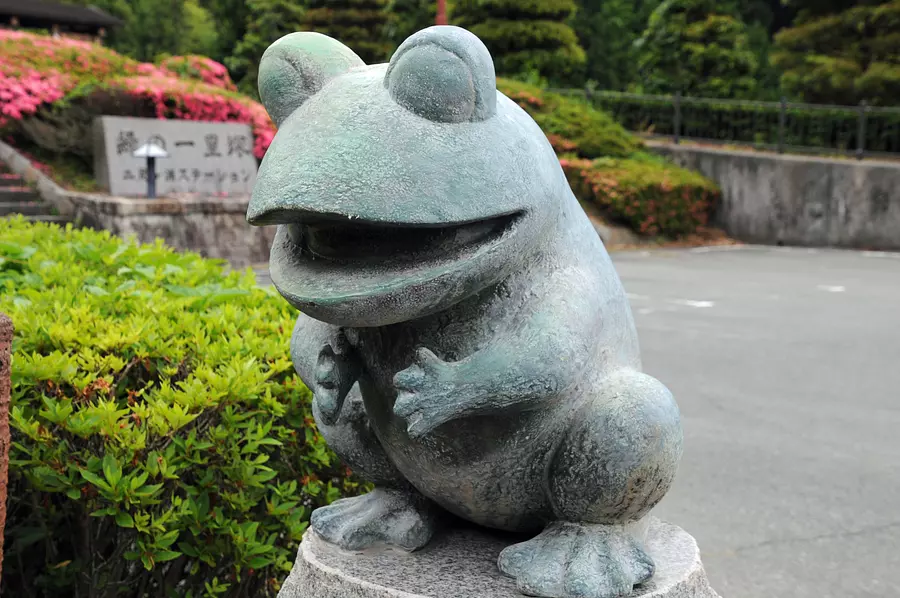
Leaving Jingu Kanda behind, proceed east along the road. Turn left at the first traffic light intersection, pass through the elevated Ise Futami-Toba Line, continue along the road with the Prefectural Sun Arena on your right, and continue driving while looking at the Azuchi Castle castle tower of Tomoiki no NinjaKingdomIse Kingdom on your left. You will come to the Futami Inter intersection. Turn left at this intersection, go through the tunnel, and you will see a small park on your left.
Here you will find a public toilet and a statue of the safe frog, a lucky charm associated with Futamiokitama-JinjaShirine 's Frog Rock. It is said that since frogs mean ``return'' and ``return,'' wishes such as ``returning home safely'' and ``returning something you lost'' will come true. There are also many frog statues at Futamiokitama-JinjaShirine which we will be heading to.
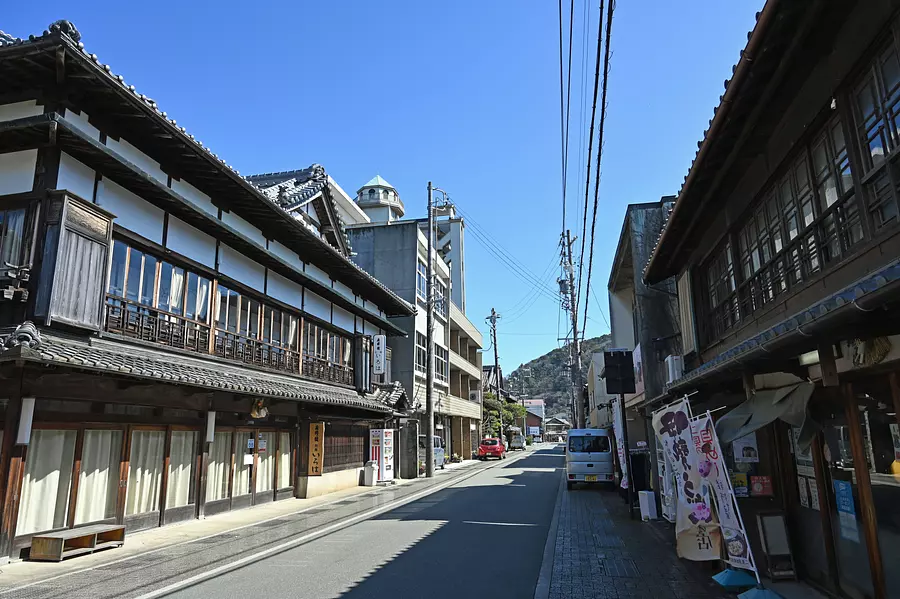
FutamiuraBeach was the place where Japan's first beach was opened, and it was also once a place of misogi where worshipers IseJingu would purify themselves at FutamiuraBeach.
This area is lined with inns and souvenir shops. Some of the inns are wooden buildings that give you a sense of history. Some of you may have visited on a school trip.
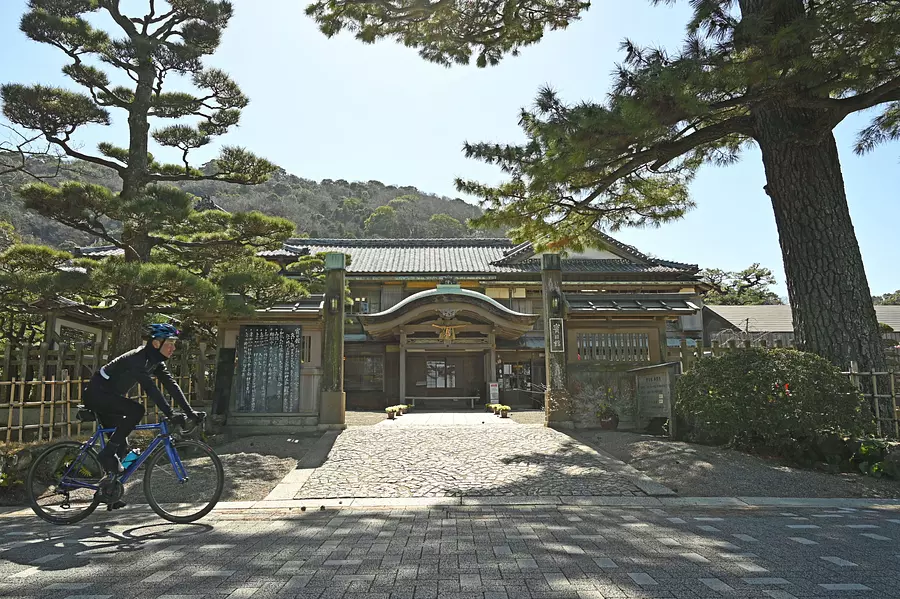
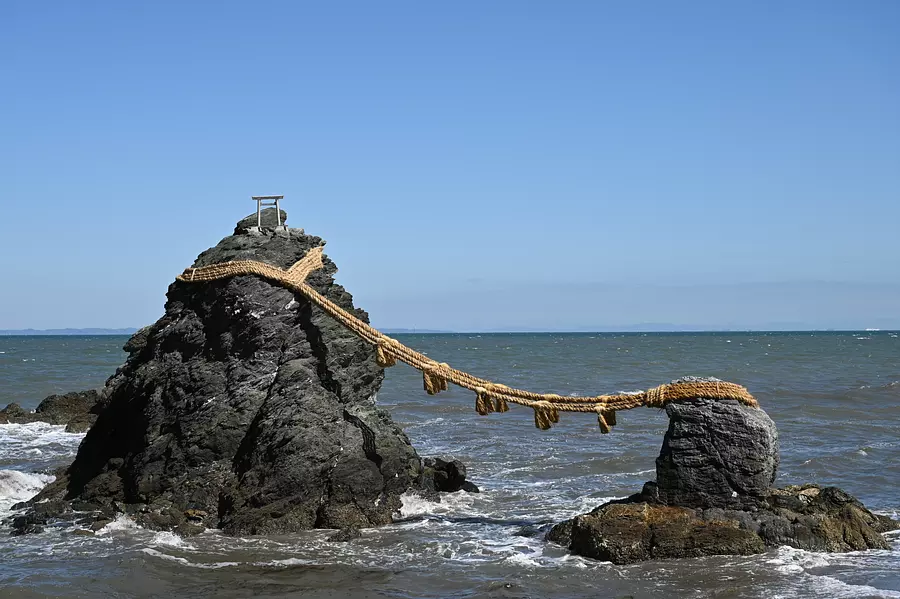
As soon as you leave Hinichikan, you will arrive at Futamiokitama-JinjaShirine. When talking about sightseeing cycling in Ise, you can't leave out Meotoiwa(rocksofthemarriedcouple) of Futamiokitama-JinjaShirine!
Park your bicycle in the parking lot, change into comfortable shoes, and visit the shrine.
As I continued walking on the gravel, Meotoiwa(rocksofthemarriedcouple) came into view right in front of me! Meoto-iwa, which consists of two large and small rocks, a man's rock Meotoiwa(rocksofthemarriedcouple), connected by a shimenawa rope, is said to be a symbol of marital harmony. During the summer solstice, you can see the sunrise between Meotoiwa(rocksofthemarriedcouple), and on full moon days around the winter solstice, you can also see the moon rising between Meotoiwa(rocksofthemarriedcouple).
Near Meotoiwa(rocksofthemarriedcouple), there is also Frog Rock, which looks like a frog on top of it, and this is the origin of Futami's lucky charm, ``Safe Frog.''
After praying for a happy marriage and a safe journey, we leave Futamiokitama-JinjaShirine.
■ Cycling along the river to Kawasaki, the town of storehouses
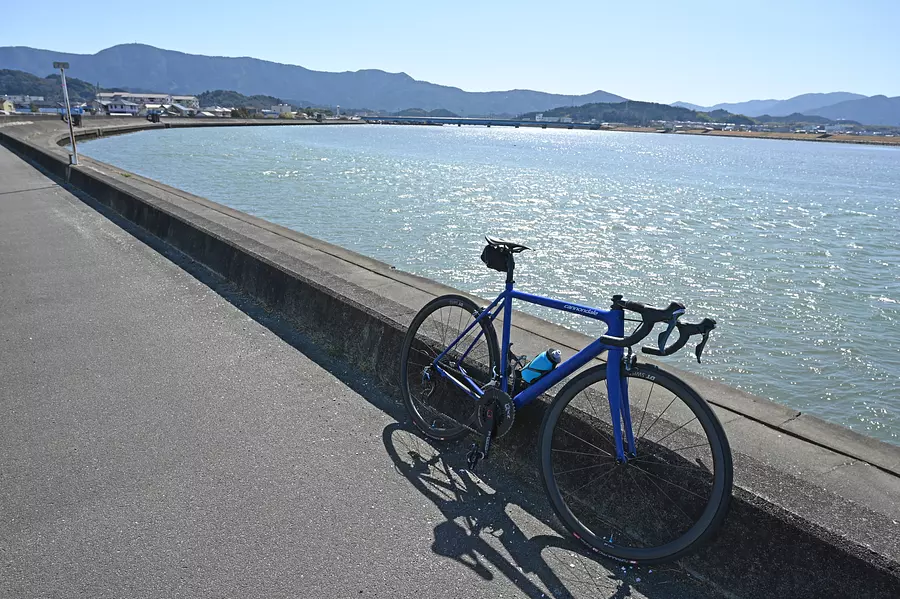
When you reach the Isuzu River, turn left. Along the way, the scenery opens up and you can enjoy the spectacular view of the gentle flow of the Isuzu River for a while.
Cross National Route 42, turn right onto Prefectural Route 102, and cross the Isuzu River. Once you have crossed the road, turn right and pass under the pedestrian/bicycle underpass on National Route 42, which will take you to the embankment road on the opposite bank of the road you just came across. If you continue along the road, you will find yourself along the Seta River, where you will pass through the weir of the drainage pumping station and cross to the opposite bank. Eventually, the embankment road will come to a dead end, so take Prefectural Route 102.
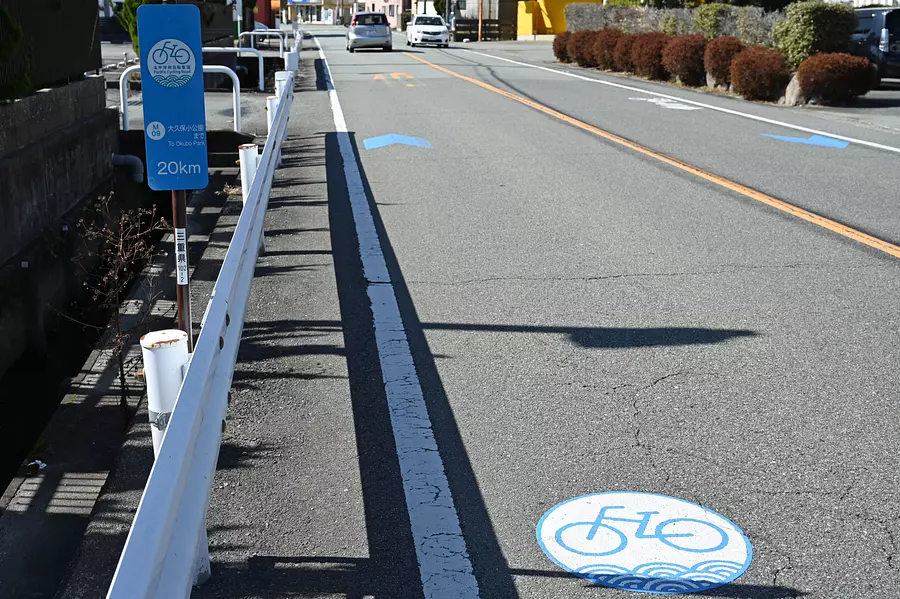
The Pacific Coast Bicycle Route is a 1,400 km long bicycle route that passes through six prefectures on the Pacific coast: Chiba, Kanagawa, Shizuoka, Aichi, Mie, and Wakayama.The route from Mie goes from Toba to Kumano via Ise, and the other goes to Kumano via Shima. There is a route, and this is part of the route via Ise. Perhaps for that reason, I felt that many drivers were conscious of their bicycles while riding.
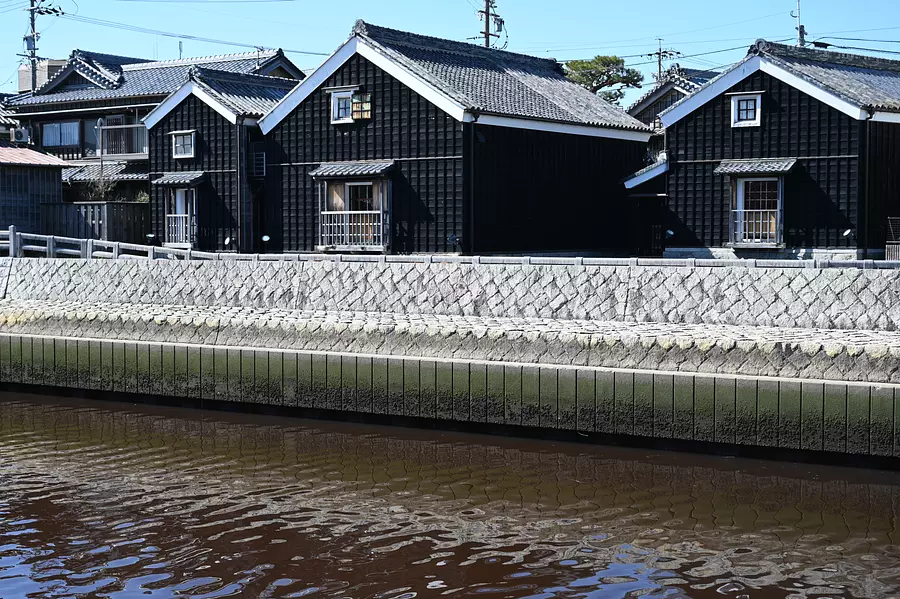
Kawasaki was a town that prospered as the gateway to Ise's water transportation during the Edo period, when people flocked to visit Ise. It is said that various supplies destined for Ise were also transported here and then delivered to various places. There are still townhouses and storehouses that retain the atmosphere of those days, and some have been renovated into cafes and general stores. There is also the Ise Kawasaki Merchant Museum where you can learn about Kawasaki's culture and history.
If you come this far, the finish area of Miyagawa Tsutsumi Park will be right around the corner. However, you will be passing through a city area with a lot of traffic, so be sure to ride safely until the end. Cycling is all about taking a refreshing bath and getting home safely!
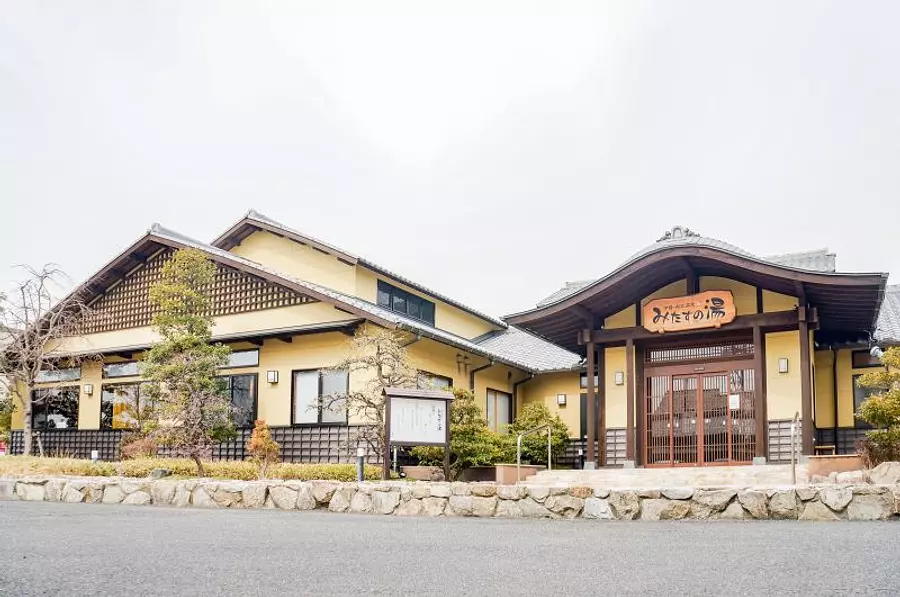
The hot spring in Shime this time Mitasu-no-yu Onsen Mitasunoyu in Ise, which is close to Kawasaki. You can enjoy 11 types of baths and saunas, including electric baths and carbonated springs, to soothe the fatigue of cycling.
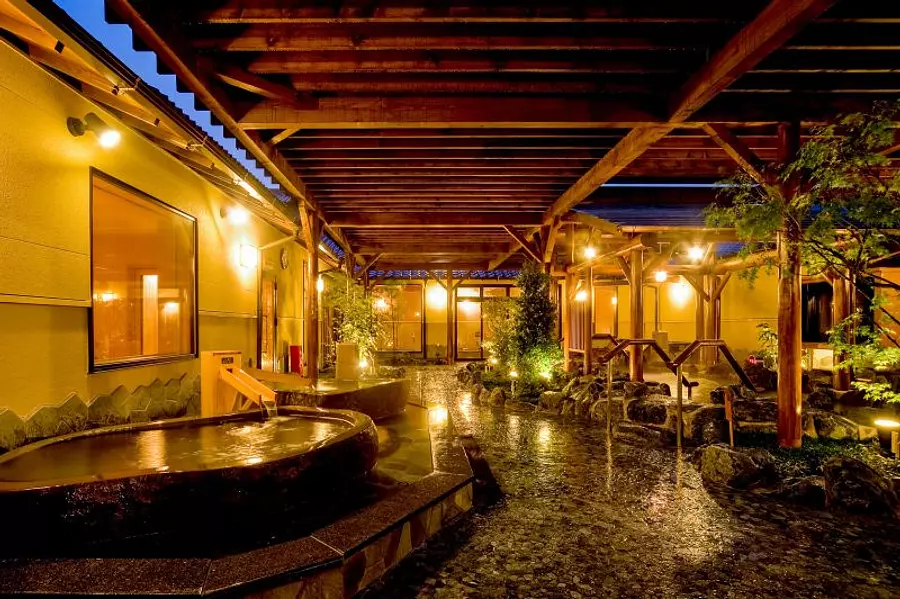
There is also a spacious parking lot, so we recommend finishing at Miyagawa Tsutsumi Park, then coming by car and freshening up before returning home.
< Mitasu-no-yu >
Bathing fee: 600 yen for junior high school students and above (700 yen on weekends and holidays), 250 yen for elementary school students, 100 yen for 4 years old and above
*Towel rental (bath towel/face towel) 300 yen
Business hours: 9:00-24:00 (normal time)
*Currently operating with shortened hours until 11pm to prevent the spread of the new coronavirus infection
Closed days: Open all year round (temporary closures may occur for facility inspections)
Article creation/Mashinori Asano
| Category | |
|---|---|
| season | |
| area |

